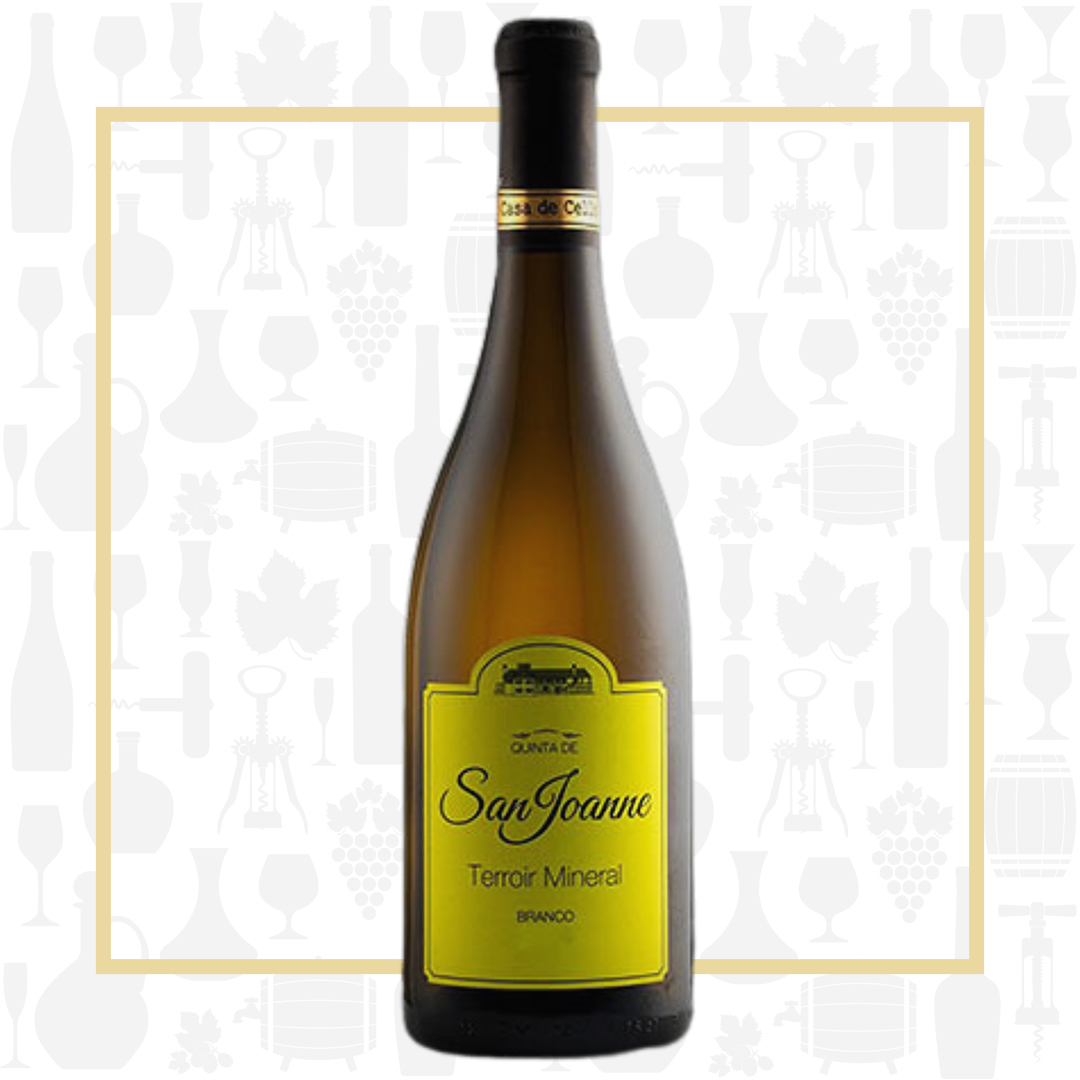Cellar Profile
Casa de Cello is a family business that has been dedicated to winemaking for four generations. In the mid 1980s, one of the owners, João Pedro Araujo, decided to focus on vineyard health and new oenological technology to produce quality Vinho Verde — distinct from the light. spritzy, mass-produced white wine styles of the region — at their Quinta de Sanjoanne Estate. This 14-hectare property is located in the town of Mancelos, in the historic Minho province in the far north of Portugal. Here, the focus is on sustainably growing grapes native to the area and painstaking care is taken to ensure only the finest fruit from carefully-tended vines is used. Made with minimal intervention, these are wines with character, depth and the capacity to evolve over time. Production is limited and both bottling and labelling is done by hand. In the late 1990s, the family acquired their second estate, Quinta da Vegia, located southeast of Vinho Verde, in the Dão region.
Region
Vinho Verde is located within the Minho region of northern Portugal, the largest wine producing region in the country. The region is comprised of 9 sub-regions with borders starting at the Minho River, which separates northern Portugal from Spain, and following the Atlantic coast south to Oporto. South of Oporto, the wine region’s border follows and then crosses the Douro River. Thanks to its coastal Atlantic setting, Vinho Verde’s climate is mild and damp. This makes planting, protecting and harvesting the grapes very challenging, to say the least, given the constant threat of rot, fungus and frost. Quinta de Sanjoanne is located in the Amarante sub-region of Vinho-Verde. Although Amarante is located in the Minho inland, the Quinta is just 25 km from the Atlantic Ocean.
Vineyard
Over the years, Vinho Verde growers have developed several creative ways to minimize threats to their grapes including trellising vines along strings and wires, arching overhead, pergola-style and even climbing up the trunks of trees. These methods were developed to grow the grapes high enough to allow air to flow around the plants. Quinta de Sanjoanne’s 14 ha of estate vineyards are planted on fertile granitic soils. All vineyards are farmed sustainably.
Winemaking
Hand-harvested in the evening, to keep the grapes cooled from the hot midday sun. The grapes are gently crushed, then undergo a long, cool fermentation in stainless steel to maintain freshness and primary fruit. The wines are vinified separately, then blended after fermentation. The wine sees no oak, but a little bit of bottle aging is necessary to knit all the flavours together.
Varieties
Loureiro is one of the main grapes used in the production of Vinho Verde. These wines are bright and display aromas of peach, ripe citrus and white blossom. Avesso is similar to Alvarinho in style, with flavours of grapefruit and peach, but with a subtle green almond bitter note for added complexity.
Tasting Notes
Nervy and exciting, this still Vinho Verde is almost electric on the palate. Notes of citrus and flint, with a distinct aroma of petrichor (like rain in August). On the palate, flavours of pink grapefruit, lemon and stony minerality, with vibrant, tingling acidity. A perfect summer sipper, this would pair beautifully with oysters on the half shell, baked white fish with capers or with a picnic lunch of cold cuts and pickles.

